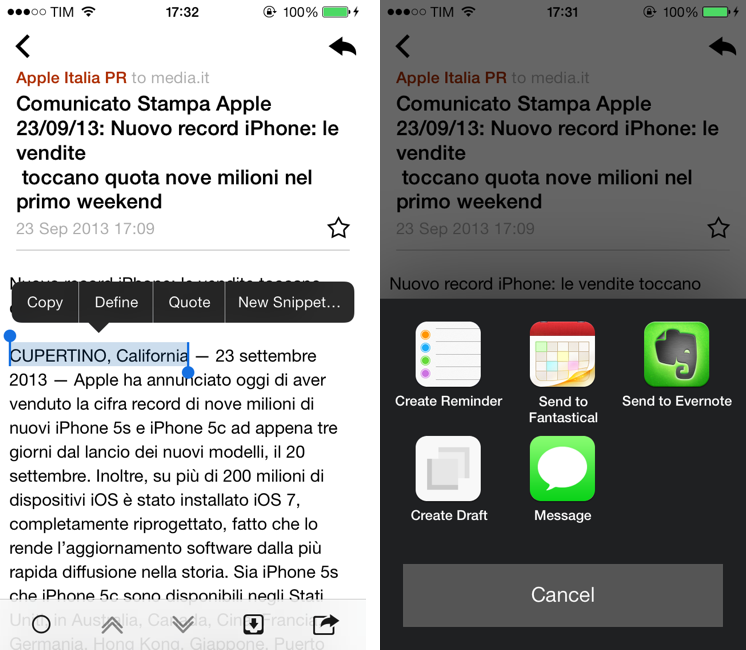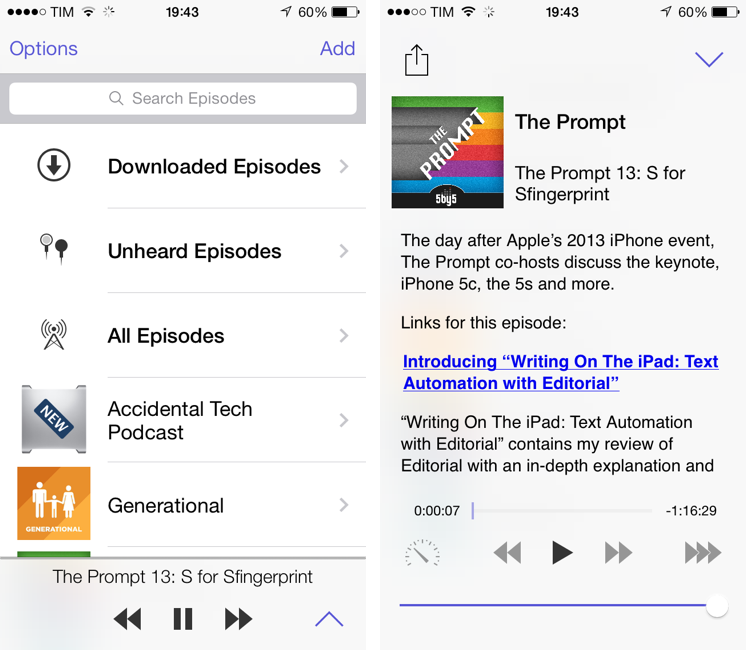Following the release of iOS 7, Apple has announced new iOS Tech Talks. Taking place in 6 cities around the world, third-party developers will be able to get guidance from Apple engineers about creating software for iOS 7 in what are, essentially, “mini WWDCs” that last one day.
Get in-depth guidance about developing for iOS 7, learn practical coding tips and tricks, and obtain valuable one-on-one programming and design assistance in our lab. Choose which day is best for you — app developer day or game developer day. Apply now.
When WWDC 2013 sold out earlier this year in less than two minutes, Apple said that Tech Talks would be coming back. Notably, this year Apple is holding separate events for app and game developers (which is nicely in line with the company’s recent increased separation of apps and games on the App Store):
There will be two events per city, one devoted to app developers and the other focusing on game developers. You’ll choose to attend either the app developer day or the game developer day. You may only apply for one day at the iOS 7 Tech Talks.
The last time Apple “hit the road” was in late 2011 with the Tech Talk World Tour after the release of iOS 5. This time, Apple will hold Tech Talks in 6 cities instead of 9, and details are available here.




